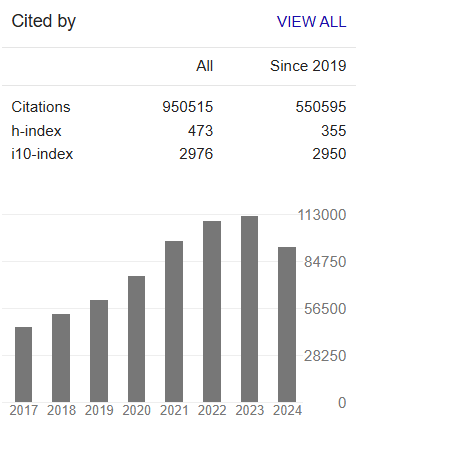Removal of polyaromatics from textile industry using La/ZnO nanocomposite
Abstract
Delia Teresa Sponza , Rukiye Oztekina
The effects of the type and amount of loadings on the photocatalytic activity of Ln/ ZnO were studied and the results were compared with pure ZnO. The textile wastewaters (TW) could not be treated effectively with concentional treatment processes due to high polyphenols and colour content. In this study, La/ZnO nanocomposite was used for the photocatalytic oxidation of pollutant parameters [COD components (CODtotal, CODdissolved, CODinert), polyaromatic amines and color] from the textile effluent wastewaters (TW) at different operational conditions such as, at increasing photooxidation times (5 min, 15 min, 30 min, 60 min, 80 min and 100 min), at diferent La mass ratios (0.5wt% , 1wt%, 1.5wt%, 2wt%), at different La-ZnO photocatalyst concentrations (1, 5, 15, 30 and 45 mg/L), under 10, 30, 50 and 100 W ultraviolet (UV) irradiations, respectively. The maximum CODtotal, CODinert, total aromatic amines (TAAs) and color photooxidation yields were 99%, 92%, 98% and 99% respectively, under the optimized conditions, at 30 mg/L La/ZnO nanocomposite with a La mass ratio of 1.5 wt% under 50 W UV light, after 60 min photooxidation time, at 25oC. The photooxidation yields of 2-methoxy-5-methylaniline (MMA), 2,4-diaminoanisole(DAA); 4,40-diamino diphenyl ether (DDE), o-aminoazotoluene (OAAT), and 4-aminoazobenzol (AAB) polyaromatic amines were > 82%. The pollutants of textile industry wastewater were effectively degraded with lanthanum doped ZnO nanocomposite.



